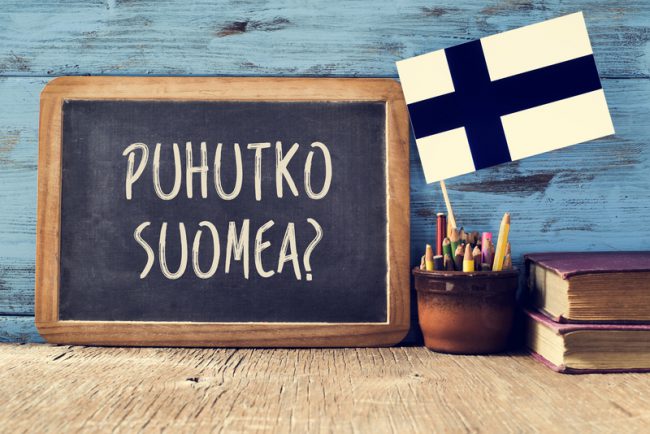If you're like most kids out there, you've probably wondered at some point: "Why do I need to learn (insert disliked subject here)? How will knowing this help me in the real world?"
In truth, everything that we learn in school is a part of a carefully discussed education plan called a curriculum. Think of it as a checklist of items that you need to have in your mental backpack (a.k.a. your brain) on your journey through that real world. Though every teacher has his or her own style, all students in a certain province, state, or country are taught from the same curriculum.
But what should be on that curriculum? And what is the best way to learn those things?
That is the question that the country of Finland is asking itself. And its answer?
No more subjects.
Learning by topic, not subject
Well, hold on there. For starters, the changes to the Finnish education system (called the National Curriculum Framework, or NCF) aren't removing subjects completely. Not yet, anyway. What they are doing this year is asking their teachers to change at least one old subject class to a new topic-based one. What does that mean?
Instead of having Geography period, you would have "Community" class.
Or rather than French, you have "Climate Change."
The idea is that within each topic, there are many traditional subjects that are being discussed. Take this, for example. In a class on the "European Union" (the government that connects dozens of countries in Europe), you would look at math, culture, languages, history, and more. Tons of subjects, all inside one tidy topic. So in the end, a Finnish student still learns many of the same skills. But since their learning is tied to a real world issue, experts believe that what students learn will stick (or stay in the mind) better.
Already a different kind of school system
Can Finland pull off this kind of switch to their system? Well, it helps that the country already has a unique education system.
In Finland, there is no homework before high school. Students instead use this free time for extra-curricular activities, like music and art. They also spend a lot of time on outdoor activities, even in the middle of winter. Meanwhile, in the classroom, both teachers and students have more freedom in how they approach a subject—a Grade 6 math class in one town's school might be very different to a Grade 6 math class in another town. (In the North American system each grade has specific things must be taught to every student.)
In other words, Finland already has a very open system. So making this switch isn't nearly as big a deal as it sounds.
So what do you think? Would you like to learn in a school system like the one that Finland is starting?
 Do you speak Finnish? ...because there are some pretty cool things happening in schools in Finland right now. (© Juan Moyano | Dreamstime.com)
Do you speak Finnish? ...because there are some pretty cool things happening in schools in Finland right now. (© Juan Moyano | Dreamstime.com)










I would like to learn in a school system like Finland education. Its sound fun!